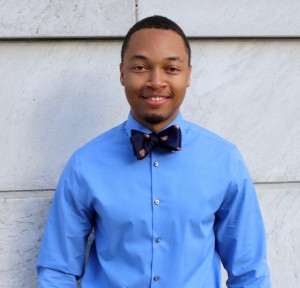Current Students
Lillie Stockseth joined the Solomon Lab in 2020. She is using citizen science to track tawny crazy ants (Nylanderia fulva) in the Houston region. She is planning on graduating in 2022 with a BS in Ecology and Evolutionary Biology and hopes to attend graduate school.
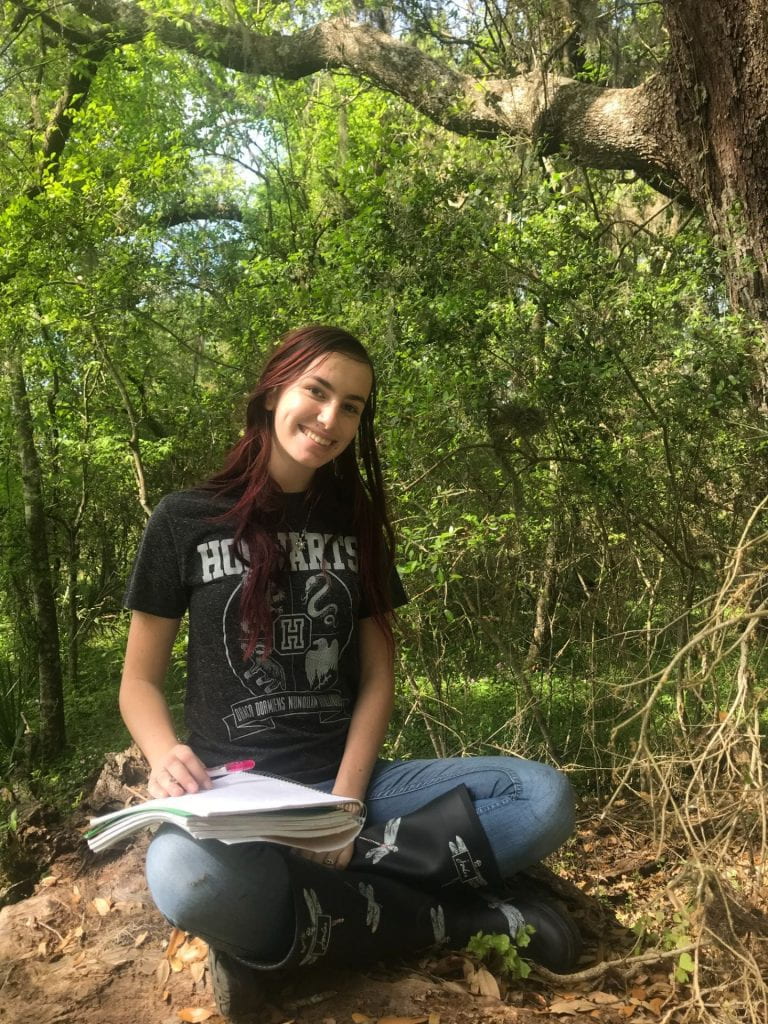
Lab Alumni
Alice Gong joined the Solomon Lab in 2018. She studied the tool-using behavior of the ant species Aphaenogaster treatae. Alice graduated with a B.A. in Ecology and Evolutionary Biology. She is now attending optometry school at Midwestern University in Arizona.
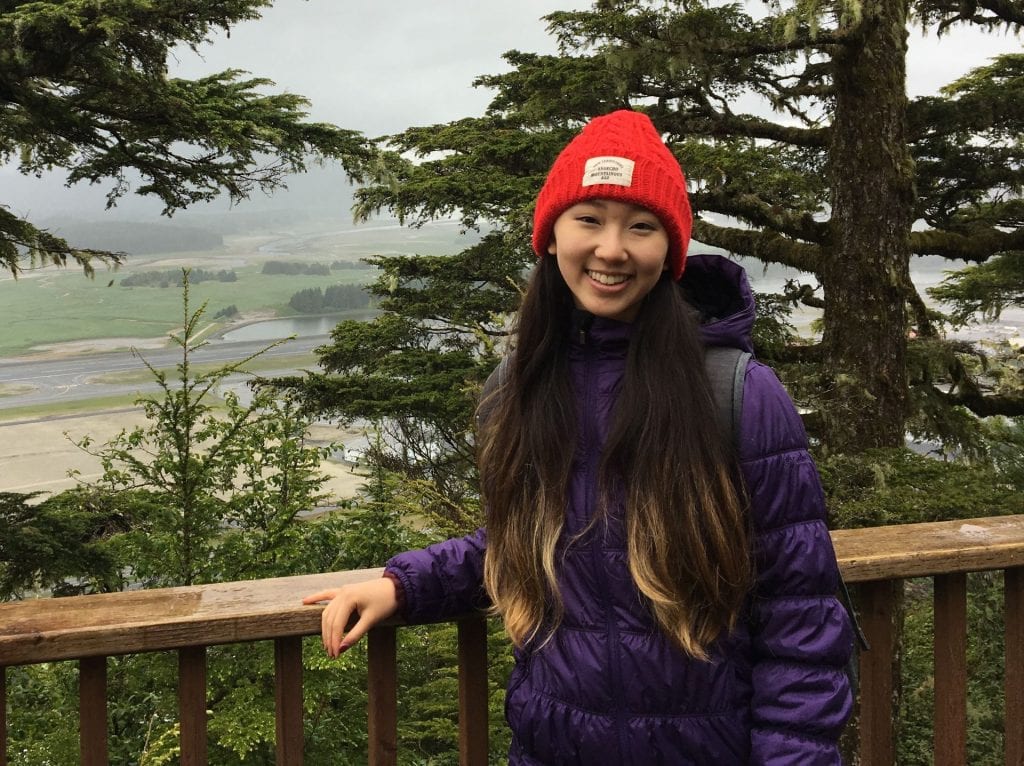
Kyle Dickens joined the Solomon lab in 2019 to work on designing a citizen scientist project to track the invasive tawny crazy ant (Nylanderia fulva) in the Big Thicket region. He is planning on graduating in 2021 with a BA in Visual and Dramatic Arts and a BS in Evolutionary Biology and Ecology.
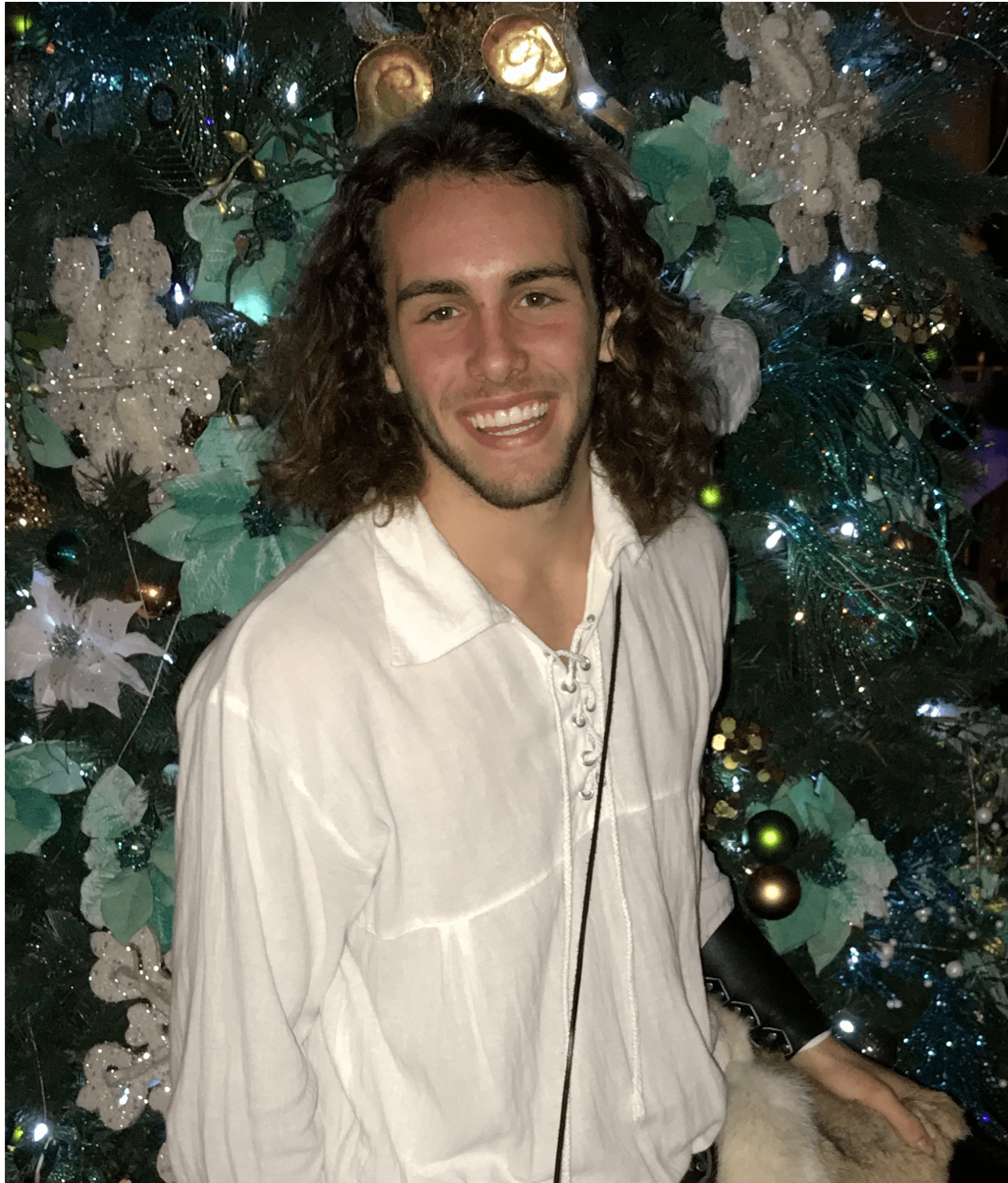
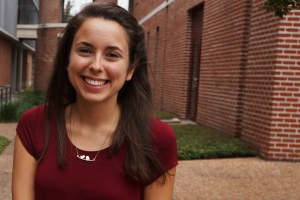
Cassidy Kempf joined the Solomon Lab in 2016 for her senior thesis research. She studied the Tawny Crazy Ant (Nylanderia fulva) invasion in the Beaumont Unit of the Big Thicket National Preserve using baiting to observe foraging competition between crazy ants and other ant species. Cassidy graduated in Spring 2017 with a double major in Ecology and Evolutionary Biology and Policy Studies. She now works for the Houston Arboretum & Nature Center as a Natural Resources Specialist.
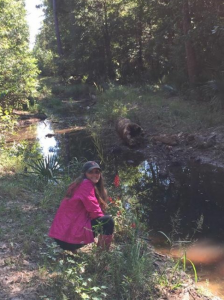 Meghan Rae Hager joined the Solomon Lab in 2015. For her senior thesis she conducted intense surveys of ants inside and outside the Lance Rosier Unit and the Big Sandy Creek Unit of the Big Thicket National Preserve to determine to what extent the preserve affects ant communities, including the presence of non-native species. In addition, she estimated ant community diversity within each unit and compared collection methods to determine which are best for sampling ants in this region. Meghan graduated from Rice University (Brown College) in 2016 with a B.S. in Ecology and Evolutionary Biology and a B.A. in French Studies. She is currently attending veterinary school at Texas A&M University.
Meghan Rae Hager joined the Solomon Lab in 2015. For her senior thesis she conducted intense surveys of ants inside and outside the Lance Rosier Unit and the Big Sandy Creek Unit of the Big Thicket National Preserve to determine to what extent the preserve affects ant communities, including the presence of non-native species. In addition, she estimated ant community diversity within each unit and compared collection methods to determine which are best for sampling ants in this region. Meghan graduated from Rice University (Brown College) in 2016 with a B.S. in Ecology and Evolutionary Biology and a B.A. in French Studies. She is currently attending veterinary school at Texas A&M University.
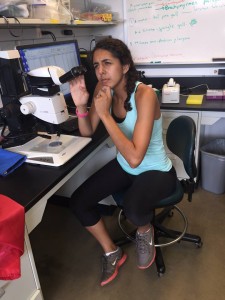 Gabriela Zambrano was part of the Solomon lab for two years. Her research involved two years of sampling data on native and non-native ant communities across the Big Thicket National Preserve, with emphasis on the recently established nonnative Tawny Crazy Ant (Nylanderia fulva). She is currently hard at work studying medicine at the University of Texas Medical Branch in Galveston. When she isn’t studying, she is enjoying the coastal life with her husband Mickey and her miniature Schnauzer Reggie.
Gabriela Zambrano was part of the Solomon lab for two years. Her research involved two years of sampling data on native and non-native ant communities across the Big Thicket National Preserve, with emphasis on the recently established nonnative Tawny Crazy Ant (Nylanderia fulva). She is currently hard at work studying medicine at the University of Texas Medical Branch in Galveston. When she isn’t studying, she is enjoying the coastal life with her husband Mickey and her miniature Schnauzer Reggie.
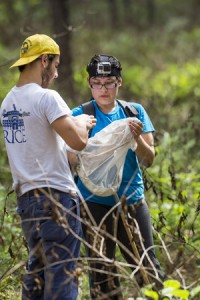 Brittney Ailyn Olivarez helped create baseline data on the insect populations around campus and worked to establish an insect teaching collection. After graduating from Rice in May of 2015, she worked in the Emergency Room of University Medical Center of El Paso as a Emergency Patient Care Tech. She entered medical school in June of 2016 at Texas Tech University Health Sciences Center Paul L. Foster School of Medicine at El Paso and hopes to go into an Emergency Medicine Residency in Texas.
Brittney Ailyn Olivarez helped create baseline data on the insect populations around campus and worked to establish an insect teaching collection. After graduating from Rice in May of 2015, she worked in the Emergency Room of University Medical Center of El Paso as a Emergency Patient Care Tech. She entered medical school in June of 2016 at Texas Tech University Health Sciences Center Paul L. Foster School of Medicine at El Paso and hopes to go into an Emergency Medicine Residency in Texas.
 Effie Rahman worked on determining the effects of Wolbachia on the sex ratio of the pill bug, A. vulgare and of local ant species through PCR. In addition, she also characterized the spread of N. fulva and examined its competition with the Red Imported Fire Ant, S. invicta. After graduating from Rice, Effie attended Baylor College of Medicine and is currently living in San Antonio where she is doing her residency in ophthalmology.
Effie Rahman worked on determining the effects of Wolbachia on the sex ratio of the pill bug, A. vulgare and of local ant species through PCR. In addition, she also characterized the spread of N. fulva and examined its competition with the Red Imported Fire Ant, S. invicta. After graduating from Rice, Effie attended Baylor College of Medicine and is currently living in San Antonio where she is doing her residency in ophthalmology.
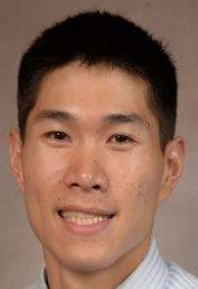 Alexander K. Wu‘s research in the Solomon Lab involved the ants of Cocos Island, Costa Rica. Samples of the ant fauna were originally retrieved from Cocos Island– an isolated, uninhabited island located between Galapagos and mainland Central America– in 2006 and these samples were compared with ant specimen data from the same areas taken in 2003. The purpose of this study was to see whether the construction of a hydroelectric dam on Cocos Island affected ant biodiversity. Alex sorted through vials of samples, identified ant species, and recorded their abundances. A few species found in 2003 were not present in the 2006 samples, and a couple species in the 2006 leaf litter samples were not present in the 2003 samples. The change in species distribution also suggested that non-native species may have expanded their territory. After graduating from Rice University in 2012, Alex went to UT Houston medical school, where he graduated in 2016. He is currently in a residency program in Houston and is training to become a Physical Medicine & Rehabilitation doctor.
Alexander K. Wu‘s research in the Solomon Lab involved the ants of Cocos Island, Costa Rica. Samples of the ant fauna were originally retrieved from Cocos Island– an isolated, uninhabited island located between Galapagos and mainland Central America– in 2006 and these samples were compared with ant specimen data from the same areas taken in 2003. The purpose of this study was to see whether the construction of a hydroelectric dam on Cocos Island affected ant biodiversity. Alex sorted through vials of samples, identified ant species, and recorded their abundances. A few species found in 2003 were not present in the 2006 samples, and a couple species in the 2006 leaf litter samples were not present in the 2003 samples. The change in species distribution also suggested that non-native species may have expanded their territory. After graduating from Rice University in 2012, Alex went to UT Houston medical school, where he graduated in 2016. He is currently in a residency program in Houston and is training to become a Physical Medicine & Rehabilitation doctor.
As an undergraduate, George Romar worked with Dr. Solomon on a meta-analysis project that used species-level phylogenies to uncover biogeographical clues about the origin of biodiversity in the Amazon Rainforest. He is currently an MD candidate at Harvard Medical School, where he is training in clinical medicine and working on an immunology project with researchers at Brigham and Women’s Hospital. George looks forward to exploring the implications of human and microbial evolution for understanding health and disease.
